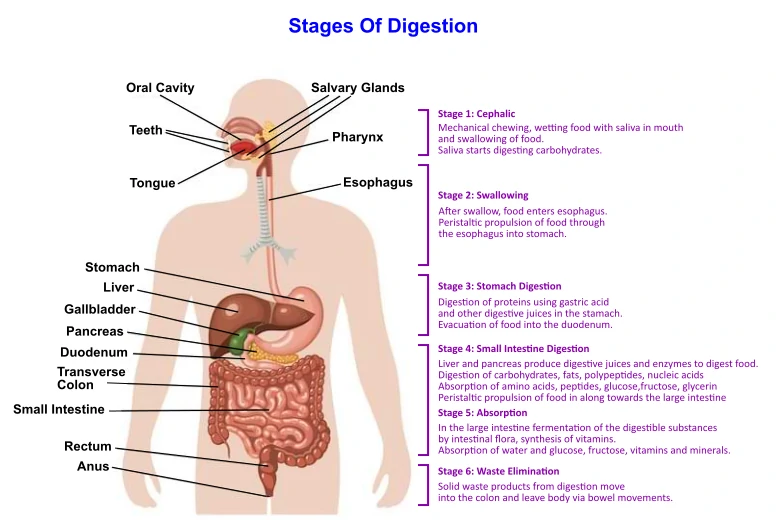Model of Matter - The Particulate Nature Of Matter
In this article, the following are the objectives that will be discussed.
- State the physical properties of solid, liquid and gas.
- Describe the particulate nature of matter.
- Describe the arrangement, movement, attractive forces and kinetic energy of particles in matter.
- Describe diffusion.
Matter
What is matter?
The matter is anything that has mass and occupies space.
| Solid | Liquid | Gas | |
|---|---|---|---|
| Shape | fixed | not fixed | not fixed |
| Volume | fixed | fixed | not fixed |
| Compressibility | cannot be compressed | cannot be compressed | can be compressed |
The Particulate nature of Matter
What is the particulate nature of matter?
All matter is made up of small and discrete particles. These particles are always in a constant and random motion.
Solid
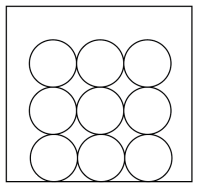
| Movements Of Particles | vibrate and rotate about their fixed positions |
|---|---|
| Arrangement Of Particles | very closely packed together in a regular arrangement manner |
| Attractive Forces Between Particles | very strong |
| Kinetic Energy Of Particles | low |
Liquid
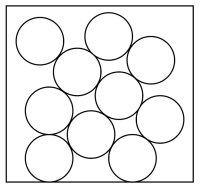
| Movements Of Particles | slide over one another |
|---|---|
| Arrangement Of Particles | closely packed together in an irregular arrangement manner |
| Attractive Forces Between Particles | strong |
| Kinetic Energy Of Particles | moderate |
Gas
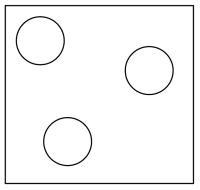
| Movements Of Particles | move at high speeds in all directions |
|---|---|
| Arrangement Of Particles | spaced far apart in an irregular arrangement |
| Attractive Forces Between Particles | weak |
| Kinetic Energy Of Particles | high |
Revision Questions
Here are some questions for us to look into on the objectives of this article.
Question 1:
Which of the following is not matter?
- air
- dry Ice
- dust
- light
Solution:
(D) light
Explanation:
Matter is anything that has mass and occupies space. Light is a form of energy, which does not have mass and takes up space. Hence, light is not a matter.
Question 2:
Which of the following statements about gases is correct?
- Gases can be compressed.
- Gases contain more particles than solids and liquids.
- Gases have a definite shape.
- Gases have higher densities than solids and liquids.
Solution:
(A) Gases can be compressed.
Explanation:
As gases are spaced far apart from one another, there are spaces between the gaseous particles to allow compression to take place.
Gases do not have a definite shape. They are able to take up the shape of the container.
As gases are spaced far apart from one another, the number of particles per unit volume is lower as compared to the solids and liquids, at room temperature and pressure. Hence, gases have lower densities as compared to solids and liquids.
Question 3:
Which of the following statements about the particulate nature of matter is incorrect?
- The matter is made up of many tiny particles.
- Particles of all matter are constantly moving.
- Particles of all matter always move in a fixed manner.
- Particles of a type of substance are of an equal size.
Solution:
(C) Particles of all matter always move in a fixed manner.
Explanation:
Based on the particulate nature of matter, all matter is made up of small and discrete particles. These particles are always in a constant and random motion.
Hence, particles of all matter are moving in different manners, depending on their state.
Question 4:
Which of the following does the particulate nature of matter describe about the movement of particles?
- gases only
- liquid and gases only
- solids only
- solids, liquids and gases
Solution:
(D) solids, liquids and gases
Explanation:
The particulate nature of matter describes the movement of particles of all matter (solids, liquids and gases).
The particulate nature of matter
Using the particulate nature of matter to explain the following:
Solids have a fixed shape but liquids and gases do not.
Due to strong attractive forces between the particles in solids, the particles can only vibrate about their fixed positions. Hence, they cannot take the shape of the container.
The attractive forces of particles of liquids and gases are weaker, allowing the particles to move. Hence, they can take the shape of the container.
Solids and liquids have fixed volumes but gases do not.
The attractive forces between particles of solids and liquids are very strong. Hence, the particles are held in a confined space and cannot move freely.
The attractive forces between particles in gases are very weak. Hence, the particles are not confined within space as they can move freely in all directions.
Diffusion
What is diffusion?
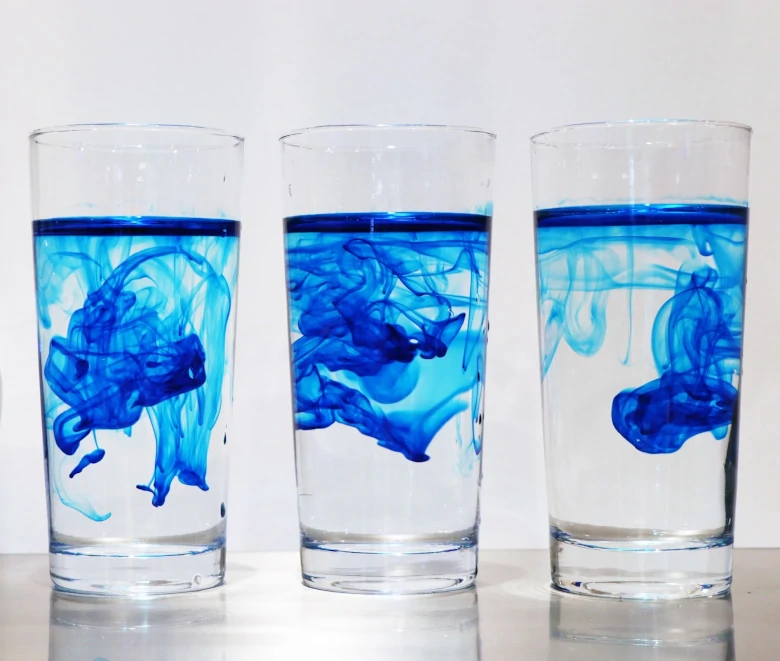
Image credits: unsplash - Chaozzy Lin
Diffusion is the net movement of particles from a region of higher concentration to a region of lower concentration.
Diffusion can occur to fluids, such as liquids and gases.
Revision Questions
Here are some questions for us to revise in the second part of this article.
Question 5:
What happens to the particles in a balloon when it is compressed?
- The particles cannot move at all.
- The particles move freely, bounce and collide into each other more often.
- The particles move slower.
- The particles vibrate more vigorously about their fixed positions.
Solution:
(B) The particles move freely, bounce and collide into each other more often.
Explanation:
As the gaseous particles in a balloon are compressed, the particles move closer to each other. Hence, the gaseous particles collide with each other more frequently.
Question 6:
Which of the following explains why gases have no definite shape and can flow?
- Particles are far apart and move freely and randomly in all directions.
- There are lots of empty spaces between particles.
- The particles in gases move faster than particles in liquids and solids.
- The particles move faster when heat is supplied to the gas.
Solution:
(A) Particles are far apart and move freely and randomly in all directions.
Explanation:
Due to the weak forces of attraction between the gaseous particles, the particles move in all directions at high speeds. Hence, the gaseous particles are able to take up the space within the container easily.
Question 7:
Read the following statement and state if the statement is correct or incorrect.
“Liquids cannot be compressed easily as there is little space between the particles.”
- correct
- incorrect
Solution:
(A) correct
Explanation:
Due to the strong attractive forces between the liquid particles, the particles are closely packed together. Hence, there is little space between the particles for the liquid to be compressed.


 SG
SG  VN
VN 

